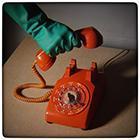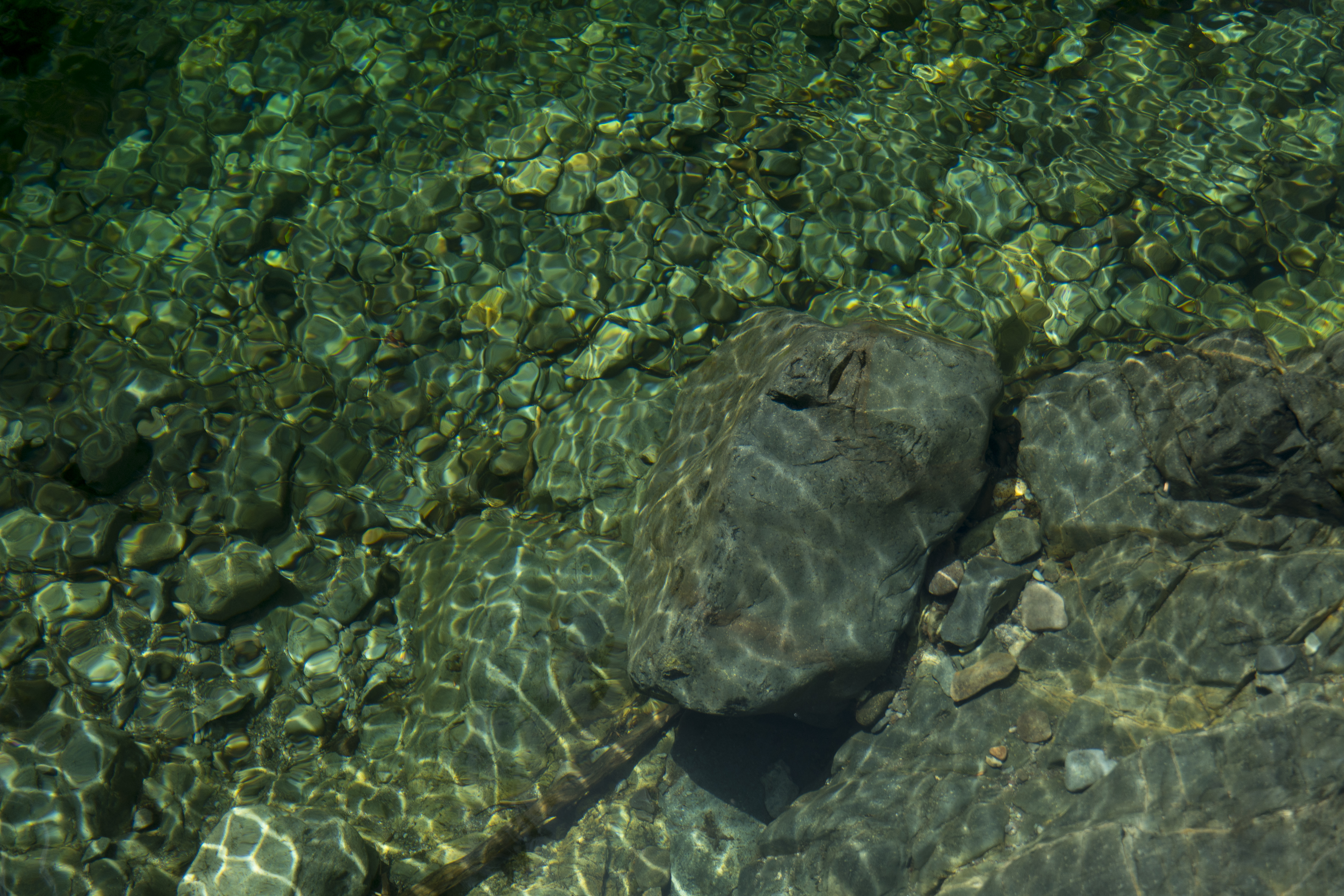-
Posts
170 -
Joined
-
Last visited
Content Type
Profiles
Forums
Articles
Everything posted by NX1user
-
That's what mine was doing until I noticed in the instructions that you had to have bluetooth on before you installed the mod. After I turned it on and re-installed the mod, it worked properly.
-
So it's an NX1 issue no matter the lens? Any ideas of a workaround?
-
When you are at 16mm what is your aperture set at?
-
Thanks for making theses available!
-
I found that to be true as well. For 120p, lots of light and keep ISO 100-200.
-
It was just a cheap Dolica monopod (that's why you can see it bending!) About the invert mode, I know I've seen a couple of videos where the gimbal is just flipped while it is still on, but those videos didn't show the camera view. I haven't tried it (I don't have the DS1 with me at the moment), but I'll try it and see what happens.
-
I'm still confused. The camera shoots 10-bit internally or externally?
-
The Video IS feature wasn't available when he shot this (I'm pretty sure). That's correct. I just read the post on dvxuser where he mentions that.
-
That's the one! Thanks!!
-
Thanks, but that isn't the one.
-
What was the name of that documentary that was filmed with the NX1? It was about a classic race car being restored. I can't remember the name or find it through a search. I know I saw link to it here.
-

How important are field monitors with waveform, vectorscope,..?
NX1user replied to BrandonDor's topic in Cameras
I'm still learning all this stuff and I'm curious why you prefer Waveform over False Color. TO me, Waveform seems to tell you general areas of exposure whereas with False Color, I could look and see "Oh it's that guy's forehead that is overexposed." Like I said, I'm super new to all this so please correct me if I'm wrong. -

How important are field monitors with waveform, vectorscope,..?
NX1user replied to BrandonDor's topic in Cameras
I recently got the VS-2 Fine HD for my Samsung NX1. Since your G7 is also a 4K camera, you may find that using focus peaking on external monitors is inaccurate. The VS-2 Fine HD is 1920x1200 resolution and seems to be about as accurate as the focus peaking on my camera. But to answer your question, the VS-2 FineHD has false color which makes getting proper exposure quick and easy. If yo don't need recording, get a good monitor instead and spend that money you saved on lights. A quick explanation of false color: -
Try mplayerx for mac.
-
I got the Aputure VS-2 FineHD. It's 7" 1920x1200, which was important to me because I found monitors with resolution less than that don't deal with the 4k well and give you inaccurate focus peaking. So far, the focus peaking on this monitor seems about as accurate as focus peaking on the camera. The monitor also has false color which is a huge help. Full specs: http://www.aputure.com/vs-2-FineHD The monitor comes with it's own case, sun shade, arm, bunch of cables, etc. so that was nice. My only gripe about the monitor is that the sunshade attachment straps were sewn on in such a way that they cover the edges of the viewable area of the screen. Look up reviews, they're all pretty positive. And don't pay more than $279 for it.
-
It can handle the 16-50 S fine, like if you want to walk with it, or stabilize a shot form inside a moving car. And it can tilt with the S lens, you just won't be able to do that fake jib shot. But with either of those primes, you can do whatever you can dream up. Exactly, it's takes time to balance it properly and it takes practice using it. You can put your camera on Auto mode and get okay results or you can learn how to use it and practice with it to get great results. Same with the stabilizer.
-
I've had a DS1 for a couple of months now and it's been very solid. Any problems I've had have been from me trying to cut corners on pre-balancing it. As long as I properly balance it, everything is fine. The only other issues I've had are from not knowing what is happening with it due to the manual not being clear. So, here's some tips on the DS1: * It starts up in follow mode. * One button press and you will hear a tone. Now it's in lock mode. (The manual is clear on these two modes). * Another quick press, gets you a tone and you're back in follow mode. * To go into half-follow mode requires a two second press. Confusingly, it doesn't give you a tone when you do this. * To add to the confusion, a five second button press completely disables the joystick. Also no tone. The manual doesn't mention this at all. I imagine that after improper balancing, this undocumented feature causes the most customer confusion. * Invert mode is easily accessed, just hold the DS1 upside down. You don't even have to turn it off! * They don't advertise the DS1 as water proof or resistant, but I've read some people think it is because the wiring is concealed under foam. WRONG! If you carefully look at the DS1 under sunlight you can see the copper wire windings in the motor housings through the gap between pieces. So don't believe the people tag think t may be water resistant. * I built a double handle rig for it with a couple 15mm rods, two handles and a mounting plate in the middle. That's about another $60 of hardware. It's great for holding the DS1 for longer periods. I'm happy with my DS1. I got it to work with my NX1, 16-50 S lens combo which is heavy. It does fine. The only problem is that the 16-50 S lens is so heavy that the NX1 has to sit back on the plate very far. This means your tilt range is very limited and that you won't be using any focal lengths longer than 16mm. That's obviously no fault of the DS1. Here's a couple sample shots where I attached the DS1 to a monopod and used it as a jib (not with the 16-50 S lens):
-
https://www.instagram.com/ancient_alien_theorist/
-
I mentioned on personal-view that people here were asking for Vitaliy's opinion and he directed me to this thread: http://www.personal-view.com/talks/discussion/7404/samsung-nx-nx300-cameras-hack#Item_18
-
This is a lot of good info. Thanks! Where I'm noticing issues with blacks is when the camera is moving. I'm starting to think it's the sharpness of the camera overwhelms the bitrate and/or codec ability to keep up with all that detail. Shallower depth of field helps, but there are times when I can't use a shallower depth of field. For shooting, I used the settings that Andrew recommends in his NX1 guide. The footage looked pretty good already and I wasn't so far down the color-grading rabbit hole yet, so in Premiere, using the Lumetri plugin on an adjustment layer, under the Creative section, I used the Cinematic 2 preset at 38% opacity. But you should know that the chief factor in getting those forge sequences looking the way they do was lighting. The have a huge picture window on one side of the shop, just a couple of feet from the slo-mo anvil. That video was part of an assignment for a beginning cinematography class, so I also used lights. Mostly I was trying to maintain the look of natural light for the forge shots. I used a Kino Diva to raise the base illumination and an Arri 650 and/or 350 here and there to highlight stuff. Besides the camera, it's the lighting that's 90% responsible for how that footage came out.
-
What I've noticed with 120p is it needs more light than normal. That may be physics though and not the camera. Once you figure out its quirks, the 120p can look really nice. I'm new to video and this camera gets me great results. https://youtu.be/dfssnbAYwYk?t=41s From :41 to 1:19 There are some 120p shots in there and they came out way better than I thought they would (the compression artifacts are all youtube).
-
I love the tones here! Nice work!!
-
+1 This Magic Lantern rumor came up about a year ago, but I've never seen anything more about it. I wonder what the story is.
-
Thanks. I value your opinion more than cinema5D because you are shooting with the newer firmware and actually out in the world using the camera, not filming static things in a studio. My limited experience so far is the same as yours, not a huge increase in noise between 100-800.


